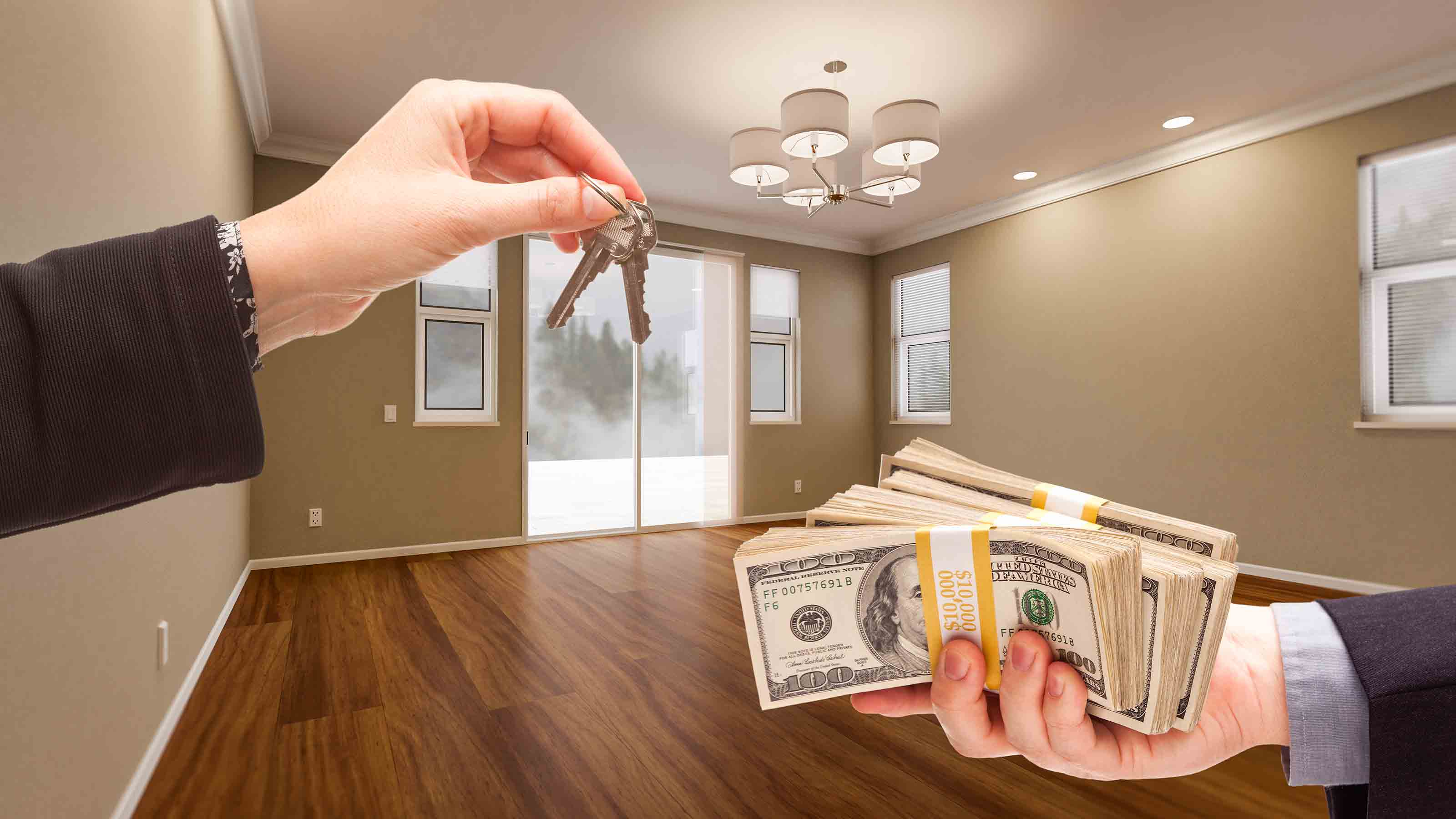Architect in a Box
Software packages help you design a project, but the learning curve is steep.
If you're looking to build your dream house -- or planning to add on or remodel -- software that helps you design the project on your PC may sound like a fun way to streamline the process. But using home-design software is more like getting seriously involved with a hobby. Figure a day to rough out the design of the house with the software, and add in several days to master the tools and techniques needed for the finishing touches. The process requires concentrated learning, not multitasking.
If you're a frustrated architect, this may be a hobby you'll enjoy, and you'll be able to design your perfect home in detail. Otherwise, using the software will just be work -- although the fruits of your labors will at least help clarify your thinking and lay out some possibilities.
| Row 0 - Cell 0 | What Remodeling Projects Pay off Most? |
| Row 1 - Cell 0 | Finish Your Remodel on Time, on Budget |
| Row 2 - Cell 0 | Remodeling That Makes Sense |
| Row 3 - Cell 0 | What's Your House Worth? |
Reality check
Don't expect that your designs will replace a builder's plans. "People think that what they have from this software is construction-ready," says Craig Knott, a designer-builder and member of the National Association of the Remodeling Industry (NARI). The reality is that designs must comply with local building codes and requirements, and your plan probably won't consider crucial details. For example, says Jerry Roelofs, a Minneapolis remodeler, "the software takes the wall out, but it doesn't tell you that you're eliminating a structural necessity that carries all the plumbing and electrical work to the floor above."

Sign up for Kiplinger’s Free E-Newsletters
Profit and prosper with the best of expert advice on investing, taxes, retirement, personal finance and more - straight to your e-mail.
Profit and prosper with the best of expert advice - straight to your e-mail.
The range in home software is as wide as the range in price -- from $20 to more than $250. Some programs let you design in three dimensions after you've built the basic structure in two dimensions. Many come with landscaping software and budget-estimating features, as well as a tool to paste digital images into your designs.
The friendliest programs -- and the best priced -- are Individual Software's Total 3D Home Deluxe 8.0 (www.individualsoftware.com; $40) and Home & Landscape Design Suite 8.0 ($50). Instead of drawing walls, you drag room blocks onto a plan and adjust their size. Your choice of design tools and ability to customize are more limited than with pricier programs, but the software offers easy navigation, a useful video tutorial to get you started and a handy budgeting tool that automatically lists the costs of objects in your plan.
Total 3D Home's other features include a product catalog, a gallery of lavish home-design photos and images of real rooms that you can manipulate by changing colors and materials.
Detail work
For more exacting plans, you'll need a more sophisticated -- and expensive -- program. The devil is in the details, and the ability to control those details makes Punch Software's popular lineup stand out. It includes Professional Home Design Platinum Version 8 and Home Design Architectural Series 4000 (www.punchsoftware.com; $100 and $250, respectively). These include a variety of specifically focused design tools, such as a cabinet wizard for adjusting the wood color, size and angle of cabinetry, and a topography designer for adding precise slopes to your home lot. A free demonstration of Punch's Professional Home Design Platinum is available on the company's Web site. A more detailed "site planner" included in the Architectural Series lets you re-create the exact dimensions of your lot.
For software with a good range of design tools that also comes with decorating and design advice, try the Better Homes and Gardens line of home-design software by Chief Architect. This includes Home Designer Suite 6.0 and Home Designer Deluxe (www.homedesignersoftware.com; $100 and $150, respectively). You'll find a feature comparison on the Web site. These programs have meaty tips sections with decorating advice from Better Homes and Gardens editors. For example, if you want to stick with a country-cottage style, they tell you how. You'll be able to access guidelines, such as the suggested widths of doorways and hallways. Deluxe has a photo gallery for inspiration.
Get Kiplinger Today newsletter — free
Profit and prosper with the best of Kiplinger's advice on investing, taxes, retirement, personal finance and much more. Delivered daily. Enter your email in the box and click Sign Me Up.
-
 10 Major AI Companies You Should Know
10 Major AI Companies You Should KnowThese 10 AI companies are at the forefront of machine learning. Find out how they’re driving innovation and jostling to be the biggest players in the game.
By Tom Taulli Published
-
 How Baby Boomers and Gen Xers Are Redefining Retirement Living
How Baby Boomers and Gen Xers Are Redefining Retirement LivingBoth generations need to embrace change and leverage real estate as a dynamic asset in their retirement planning. Here's how financial advisers can help, too.
By David Conti, CPRC Published
-
 How to Find Foreclosed Homes: Best Foreclosure Listings Sites
How to Find Foreclosed Homes: Best Foreclosure Listings SitesMaking Your Money Last Find foreclosed homes for sale on these foreclosure listing websites. Search for properties on these free, paid or government sites.
By Bob Niedt Last updated
-
 Luxury Home Prices Rise as the Rich Dodge High Mortgage Rates
Luxury Home Prices Rise as the Rich Dodge High Mortgage RatesLuxury home prices rose 9% to the highest third-quarter level on record, Redfin reports, growing nearly three times faster than non-luxury prices.
By Kathryn Pomroy Published
-
 Four Tips for Renting Out Your Home on Airbnb
Four Tips for Renting Out Your Home on Airbnbreal estate Here's what you should know before listing your home on Airbnb.
By Miriam Cross Published
-
 Five Ways to Shop for a Low Mortgage Rate
Five Ways to Shop for a Low Mortgage RateBecoming a Homeowner Mortgage rates are high this year, but you can still find an affordable loan with these tips.
By Daniel Bortz Last updated
-
 Looking to Relocate? Plan for Climate Change
Looking to Relocate? Plan for Climate Changebuying a home Extreme weather events are on the rise. If you’re moving, make sure your new home is protected from climate change disasters.
By Rivan V. Stinson Last updated
-
 Retirees, A Healthy Condo Has a Flush Reserve Fund
Retirees, A Healthy Condo Has a Flush Reserve FundSmart Buying Reserve funds for a third of homeowner and condo associations have insufficient cash, experts say. Here are some cautionary steps you should take.
By Patricia Mertz Esswein Published
-
 Cash Home Buyers: New Services Offer Help Making All-Cash Offers
Cash Home Buyers: New Services Offer Help Making All-Cash OffersBecoming a Homeowner Some firms help home buyers make all-cash offers on homes. Weigh the fees before you sign on.
By Emma Patch Published
-
 Home Sale Prices in the 50 Largest Metro Areas
Home Sale Prices in the 50 Largest Metro AreasBecoming a Homeowner What’s happening in the market where you live?
By the editors of Kiplinger's Personal Finance Published